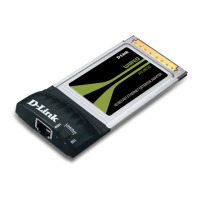5
About Autonegotiation
The basic idea of auto-negotiation can be understood by reflecting for a
moment on the familiar process of making a dialup connection between
two modems. You have probably heard some exchanges between your
local modem and a modem at the other end of a telephone line. (These
exchanges are ordinarily played out through a speaker in your local
modem). As irritating as those few seconds of noise may be, they do let
you know that your modem and the remote modem are on the job,
preparing for your intended communication with the remote computer.
The preparatory work of the two modems during those few seconds
before you see the “connect” message is to negotiate the best data
communication scheme which is supported by both modems, and which
is suitable for the quality of the telephone-line connection between them.
The parameters to be settled between the two modems include best baud
rate, compression method, and error correction method. When the two
modems have tested the phone-line quality and have switched to the
combination of parameters which will provide the best data
communication, then you are given the “ connect” message which
signals the end of the inter-modem negotiation and the beginning of your
intended communication with the remote computer.
Autonegotiation between devices within an Ethernet LAN is similar in

